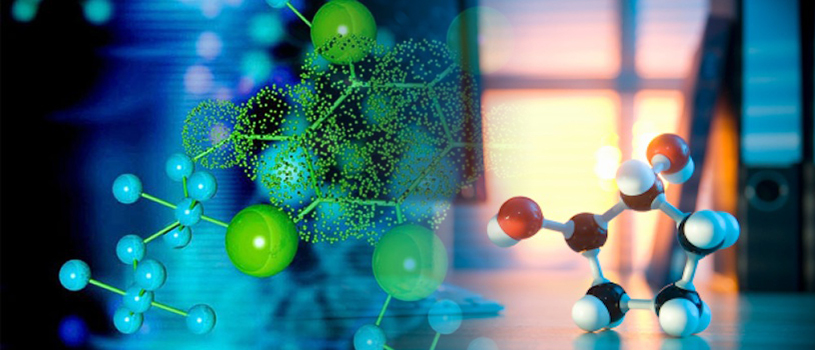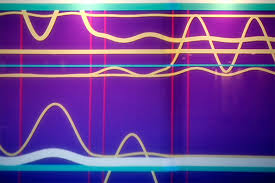
A theoretical study has analyzed a model that saves special relativity and reconciles it with granularity by introducing small-scale deviations from the principle of locality demonstrating that it can be experimentally tested with great precision.

A primer to help you unentangle the world of the very small.

Scientists at Cornell University have made a discovery that rivals the single-crystal silicon wafer in significance.

An international team of scientists including MSU physicists succeeded in proving that control over quantum processes accurately to several attoseconds (one billionth of a billionth of a second) is possible. The details of the experiment are described in an article published in the latest issue of Nature Photonics.

We've puzzled over the nature of entanglement for almost a century. Now physicists have devised a way for us to "see" it for the first time.

New findings may eventually lead to a theory of how superconductivity initiates at the atomic level, a key step in understanding how to harness the potential of materials that could provide lossless energy storage, levitating trains and ultra-fast supercomputers.

Bizarre quantum bonds connect distinct moments in time, suggesting that quantum links — not space-time — constitute the fundamental structure of the universe.

The very first experimental observations of knots in quantum matter have just been reported in Nature Physics by scientists at Aalto University (Finland) and Amherst College (USA). The scientists created knotted solitary waves, or knot solitons, in the quantum-mechanical field describing a gas of superfluid atoms, also known as a Bose-Einstein condensate.

Reality seems pretty stubborn, pretty fixed and pretty much independent of whatever is going on in your head. But is it, really? Astrophysicist Adam Frank explores the scientific debate.

Try to imagine a tiny ball sitting on one fingertip yet also on your shoulder at the same instant. Are you struggling? Most of us can’t conceive of an object being in two places at once – yet physicists have just demonstrated the effect over a distance of half a metre, smashing previous records.

Physicists have used photons to communicate between two electrons through 1.2 miles of fiber optic cable.

In the race to build the first functional quantum computer, Australian researchers at the University of NSW find coding possible in silicon

NASA today sent out invitations to journalists for a tour of its Quantum Artificial Intelligence Laboratory, a joint project with NASA, Google, and the Universities Space Research Association located at NASA Ames Research Center in Silicon Valley.

Quantum entanglement - the process though which particle's states become inextricably linked, despite being nowhere near each other, is usually carried out at incredibly low temperatures. But not any more: now physicists can perform the act at room temperature, which could have a profound effect on quantum computing and security.

Researchers from the Centre for Quantum Technologies (CQT) at the National University of Singapore and the University of Seville in Spain have reported the most extreme 'entanglement' between pairs of photons ever seen in the lab.